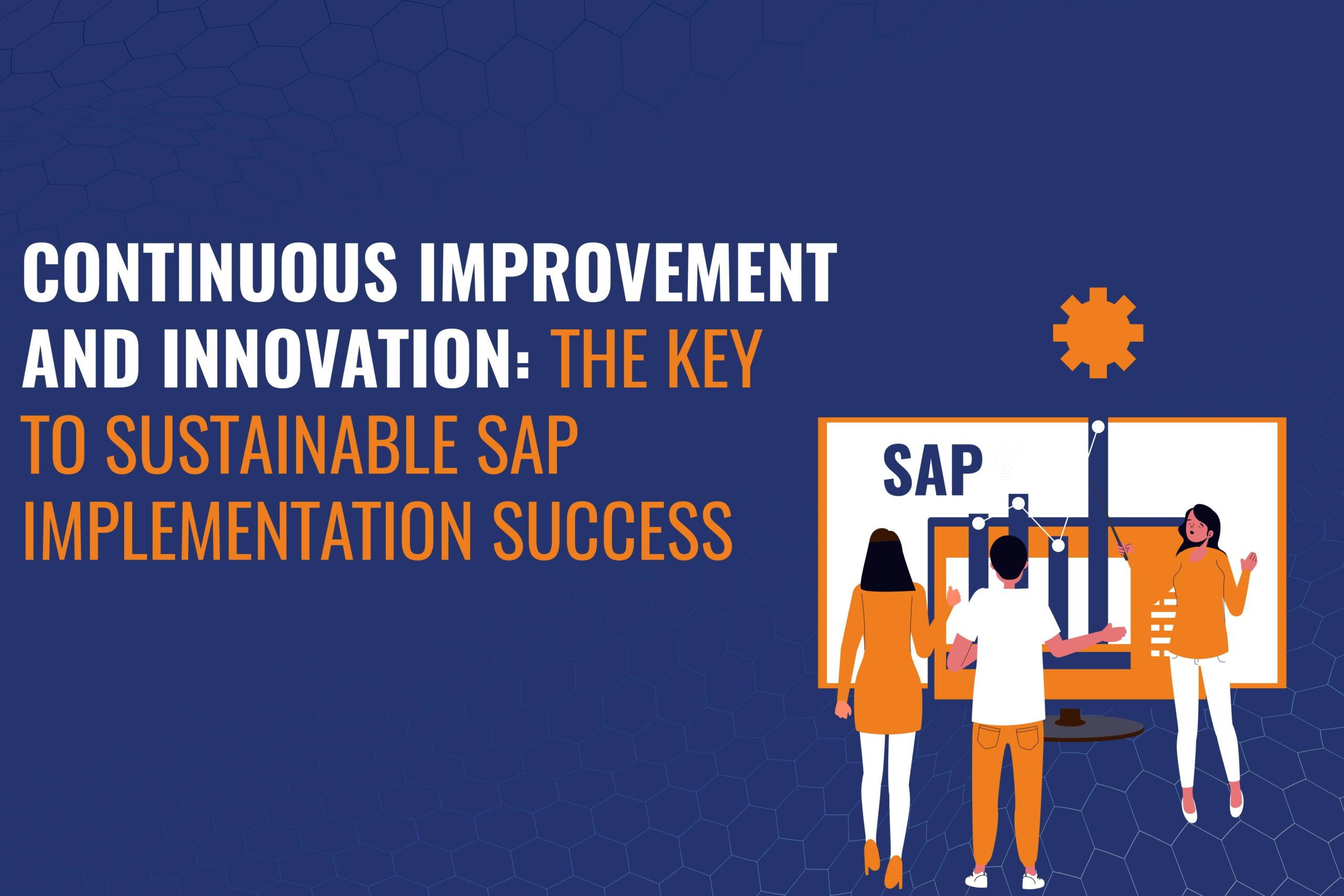
So, in today’s dynamic business environment, implementing SAP solutions isn’t merely about deploying a software system. It’s about embracing a culture of continuous improvement and innovation to ensure sustained success. By integrating SAP implementation with these principles, organizations can unlock the full potential of their enterprise resource planning (ERP) systems.
SAP implementation marks a significant investment for businesses, impacting various facets of operations, from finance and supply chain management to human resources and customer relationship management. However, the accurate measure of success lies beyond the initial deployment; it resides in the ability to adapt and evolve, aligning with the ever-changing needs of the business landscape.
So, the concept of continuous improvement is central to sustainable SAP implementation success. Rather than viewing implementation as a one-time project, organizations should embrace an iterative approach. Constantly seeking opportunities to refine processes, enhance functionalities, and optimize workflows.
Moreover, fostering a culture of innovation is essential for maximizing the benefits of SAP implementation. So, innovation goes beyond technological advancements; it encompasses novel approaches to problem-solving, creative thinking, and a willingness to challenge the status quo.
Effective change management is another critical aspect of successful, sustainable SAP implementation. Employees are at the heart of any transformation initiative, and their buy-in and engagement are paramount to its success. In addition, organizations must invest in comprehensive training programs, provide ample support, and create avenues for feedback and collaboration.
Furthermore, collaboration with experienced partners can significantly facilitate the SAP implementation journey. Utilizing IT consulting expertise helps organizations tackle complex challenges, speed up results, and maximize the value of their SAP solutions.
So, sustainable SAP implementation success hinges on a holistic approach prioritizing continuous improvement, innovation, effective change management, and strategic partnerships. By embracing these principles, organizations can leverage SAP solutions as catalysts for growth, agility, and competitive advantage in today’s fast-paced business landscape.
In the fast-paced enterprise resource planning (ERP) systems world, SAP (Systems, Applications, and Products) stands out as a leader. It offers comprehensive solutions for businesses of all sizes and across various industries. SAP Implementation is often a significant undertaking for any organization, requiring substantial investment in time, resources, and effort. However, the journey continues after the initial implementation. To maximize SAP’s benefits and ensure sustainable success, companies must embrace continuous improvement and innovation throughout their SAP lifecycle.
Before delving into the strategies for sustainable SAP success, it’s essential to understand why SAP implementation is critical for businesses. So, SAP offers integrated solutions that streamline business processes, enhance efficiency, and provide real-time insights into various aspects of operations. It includes finance, human resources, supply chain management, customer relationship management, and more.
A successful SAP implementation can:
Despite the potential benefits, SAP implementation projects are challenging. Some common hurdles include:
To address these challenges and ensure sustainable success with SAP, organizations must adopt a mindset of continuous improvement and innovation. Here’s how:
After the initial implementation, a comprehensive assessment will be conducted to evaluate the effectiveness of the SAP solution in meeting business objectives. Moreover, the objective is to identify areas for improvement and gather feedback from end-users to better understand their pain points and requirements.
Rather than consider SAP implementation a one-time project, view it as an ongoing journey. Implement iterative enhancements and updates based on evolving business needs, technological advancements, and stakeholder feedback. So, this agile approach allows for continuous optimization and adaptation to changing requirements.
Invest in continuous training and support for end-users to ensure they are proficient in using the SAP system. In addition, provide resources such as training materials, workshops, and user guides to empower employees to leverage SAP’s full capabilities effectively. A dedicated support system should also be established to address user queries and issues promptly.
Forge strategic partnerships with SAP consultants and service providers to leverage their expertise and stay abreast of the latest SAP developments. Collaborating with experienced partners can help navigate complex implementation challenges, accelerate time-to-value, and unlock the full potential of SAP solutions. So, partnering with experts streamlines ERP implementation, expedites value realization, and maximizes SAP solution benefits.
Explore innovative SAP functionalities and customization options to tailor the system to specific business requirements. Whether developing custom reports, integrating additional modules, or leveraging emerging technologies like artificial intelligence and machine learning, embracing innovation can drive efficiency gains and competitive advantage.
Establish key performance indicators (KPIs) to measure the SAP system’s effectiveness and performance continuously. Monitor metrics such as system uptime, transaction processing times, user satisfaction, and ROI to identify areas for optimization and fine-tuning.
Encourage a culture of feedback where end-users feel empowered to provide suggestions and insights for improving the SAP system. IT consulting services promote a feedback culture, empowering end-users to contribute ideas for enhancing the SAP system. So, regularly solicit feedback through surveys, focus groups, or dedicated feedback channels to capture valuable insights and drive continuous improvement initiatives.
Company X, a manufacturing firm, implemented SAP to streamline its production processes. After the initial implementation, they conducted regular process audits and identified opportunities for improvement. By leveraging SAP’s analytics capabilities, they optimized production scheduling, reduced inventory costs, and improved on-time delivery performance.
Company Y, a retail giant, embraced innovation as a core principle in its SAP journey. So, they leveraged SAP’s advanced analytics and predictive capabilities to gain deeper insights into customer preferences and market trends. By personalizing marketing campaigns and optimizing inventory management, Company Y achieved significant revenue growth and gained a competitive edge in the market.
So, sustainable success in SAP implementation requires a proactive approach to continuous improvement and innovation. By embracing agility, collaboration, and a commitment to excellence, organizations can unlock the full potential of SAP solutions and drive transformative change across their operations. With a focus on iterative enhancements, user empowerment, and leveraging strategic partnerships, businesses can navigate challenges effectively and achieve long-term success in their SAP journey. ERP implementation is a continuous evolution, adapting to meet evolving business needs, not just deploying a system. By adhering to these principles and embracing a culture of continuous improvement and innovation, organizations can ensure that their SAP investment delivers lasting value and competitive advantage in an ever-changing business environment. For more details, visit our website.
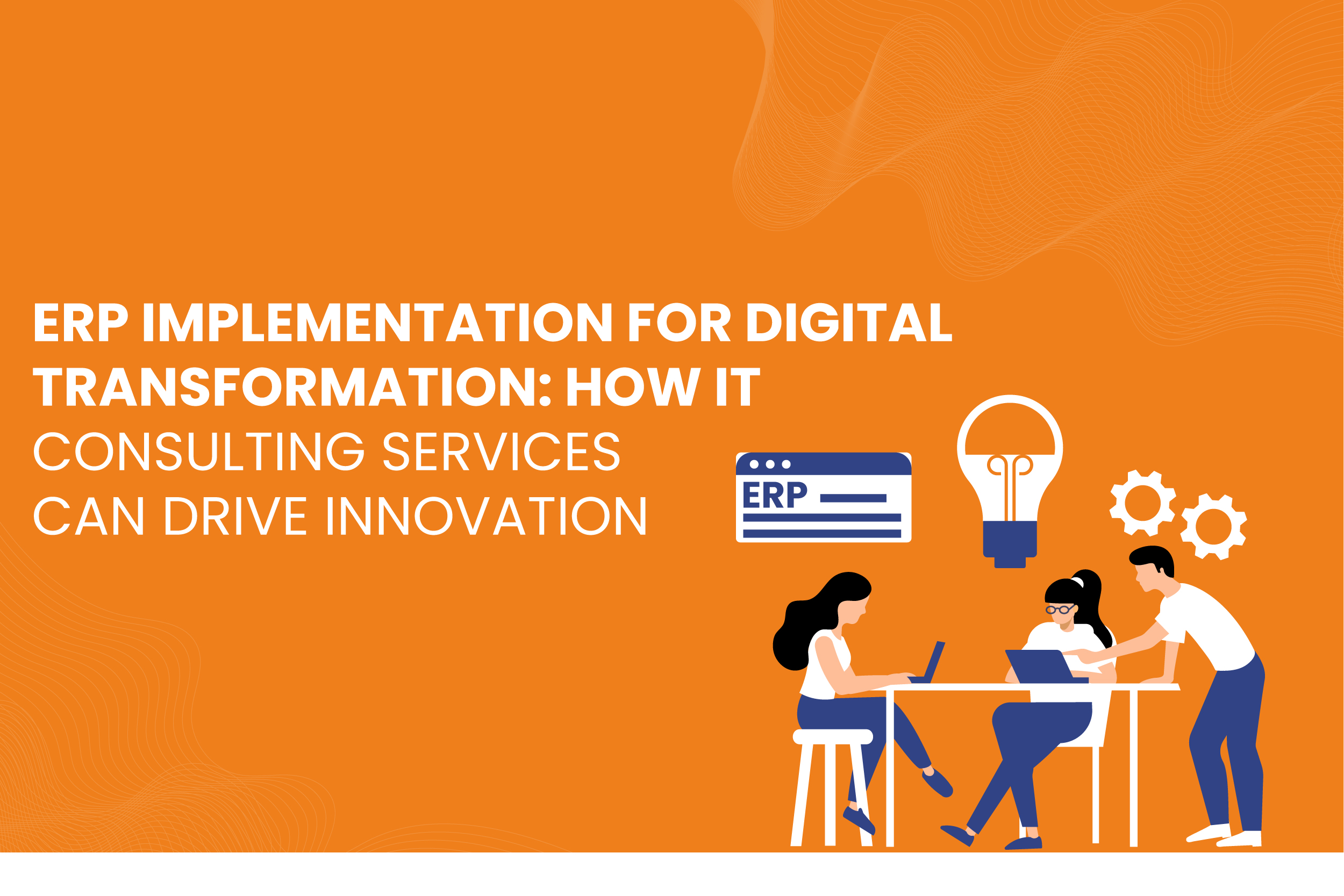
In today’s fast-paced digital landscape, businesses must adapt to changing technologies and customer expectations to remain competitive. One of the most effective ways to achieve this adaptability is through digital transformation, which involves integrating digital technologies into all areas of a business. A critical component of this transformation is Enterprise Resource Planning (ERP) systems.
Read More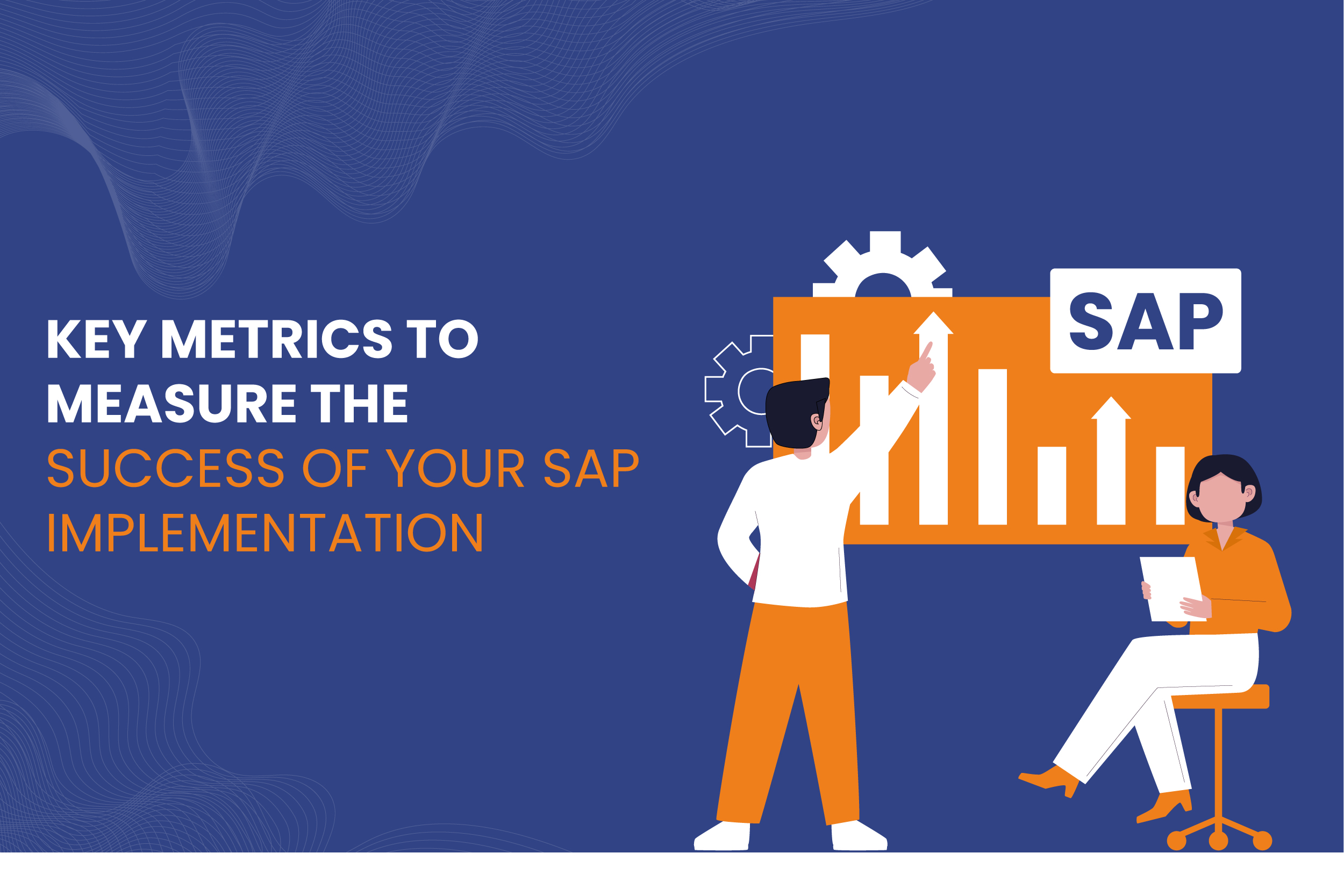
Implementing an SAP system can be a transformative step for organizations aiming to enhance their operational efficiency, streamline processes, and improve data visibility. However, success in an SAP implementation goes beyond simply completing the project on time and within budget. It involves measuring and analyzing key performance metrics that provide insight into how effectively the system is being utilized and whether it meets the organization’s objectives.
Read More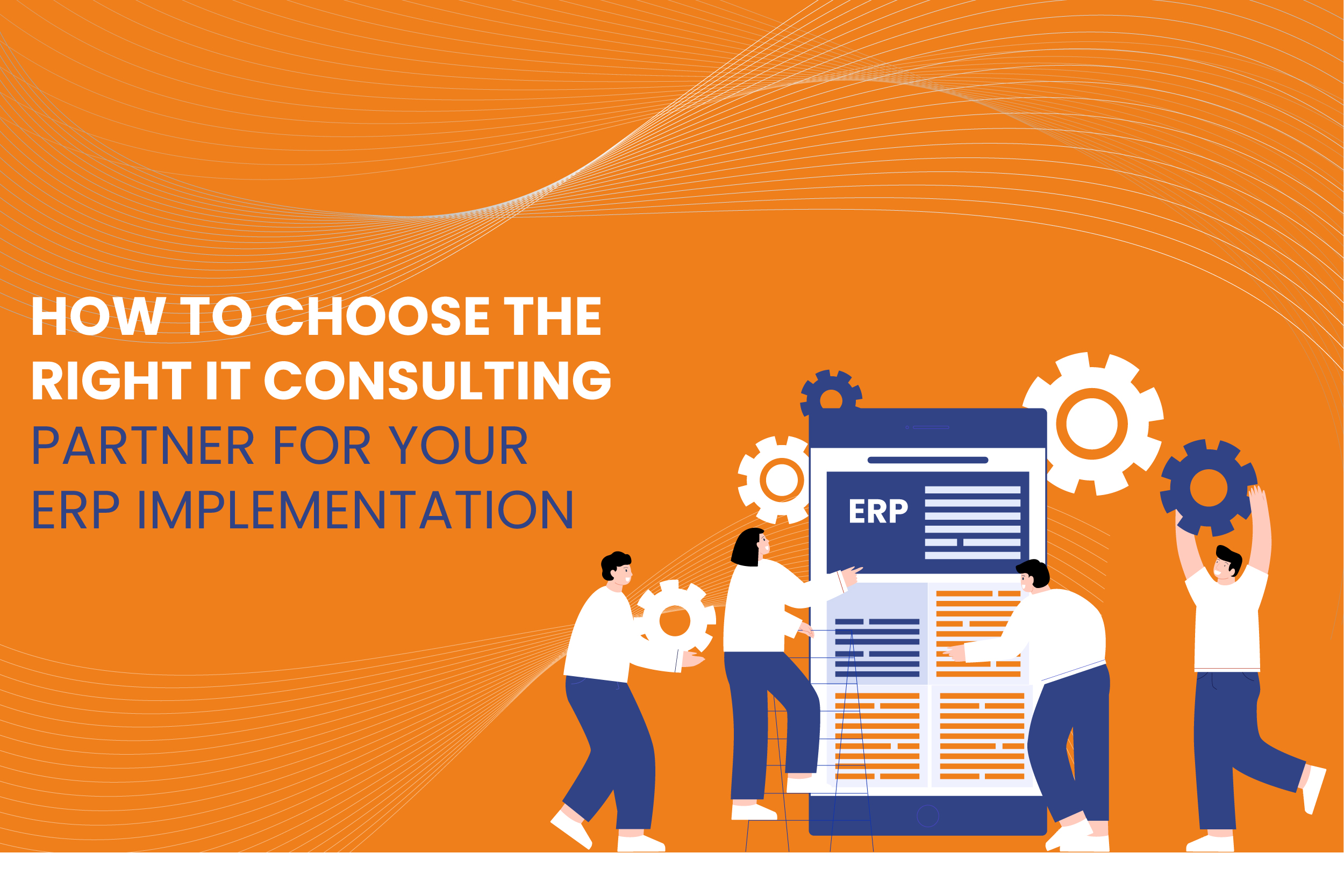
In today’s fast-paced business environment, efficient systems and processes are vital for success. Enterprise Resource Planning (ERP) systems like SAP are central to this, helping organizations streamline their operations, manage resources more effectively, and drive productivity.
However, ERP implementation is a complex and often challenging process that requires a skilled IT consulting partner to ensure success. Selecting the right IT consulting services for your ERP implementation, especially for SAP, can make the difference between seamless integration and costly disruptions.
Read More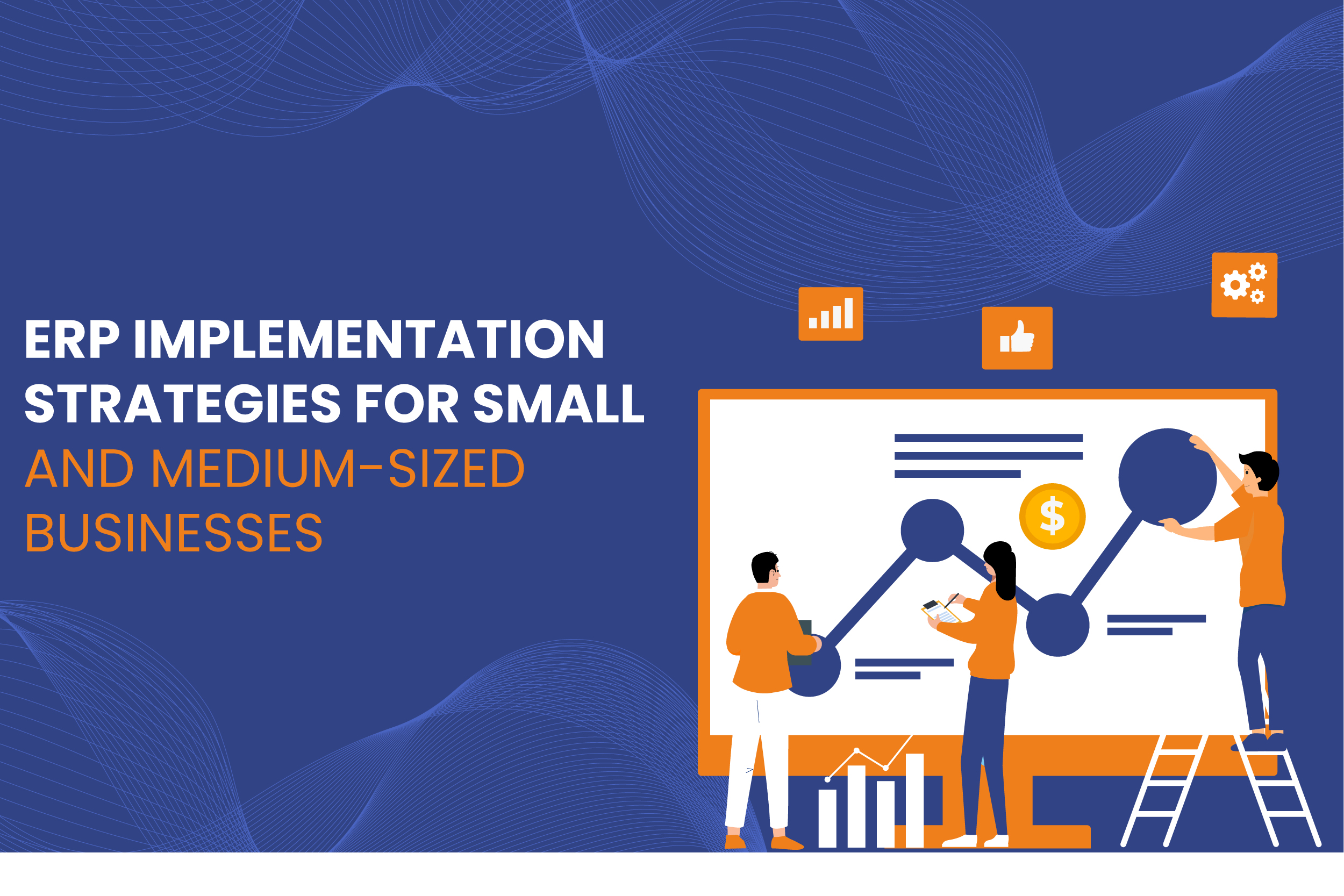
ERP systems have become indispensable tools for businesses looking to streamline operations, improve efficiency, and maintain a competitive edge. However, implementing ERP solutions can be daunting, especially for small and medium-sized businesses (SMBs) with limited resources.
The complexity of the process, cost concerns, and the need for seamless integration across departments pose significant challenges. To overcome these, SMBs must adopt tailored ERP implementation strategies that align with their unique requirements.
Read More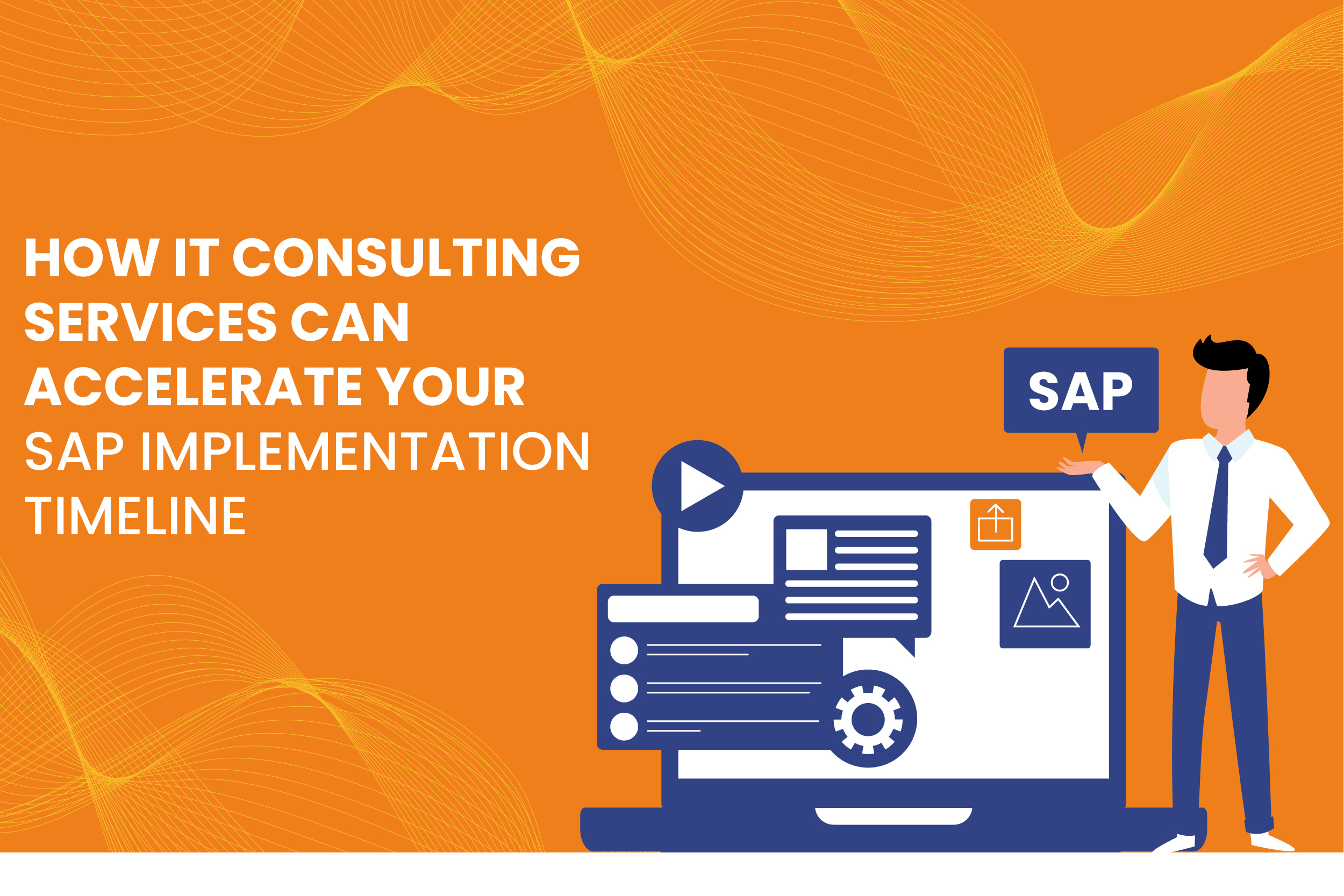
In today’s fast-paced business environment, Enterprise Resource Planning (ERP) systems like SAP (Systems, Applications, and Products) are crucial to streamlining operations, improving efficiency, and supporting growth. However, the process of SAP implementation can be complex and time-consuming, often putting a strain on internal resources.
This is where IT consulting services come into play, providing the necessary expertise and support to accelerate your SAP implementation timeline. By leveraging specialized knowledge and proven strategies, IT consulting services can significantly shorten the time required for successful SAP deployment, helping organizations stay competitive and responsive to market demands.
Read More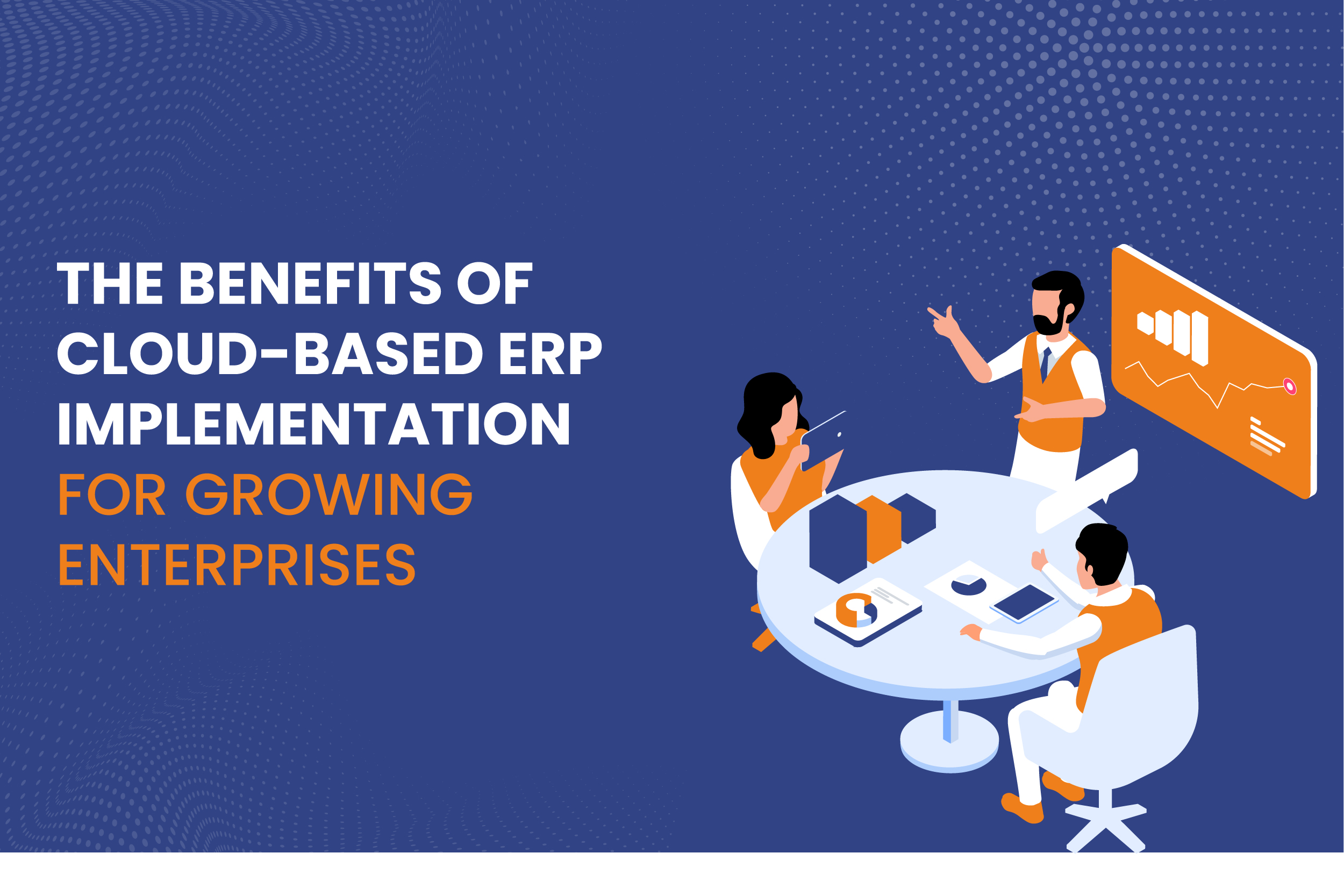
As enterprises scale, managing resources, streamlining operations, and maintaining flexibility become crucial challenges. To address these challenges, businesses increasingly turn to cloud-based Enterprise Resource Planning (ERP) systems.
ERP solutions have long been vital in centralizing various business functions like finance, human resources, supply chain management, and customer relations into a unified system. In recent years, the shift to cloud-based ERP systems has offered even greater benefits, particularly for growing enterprises.
Read More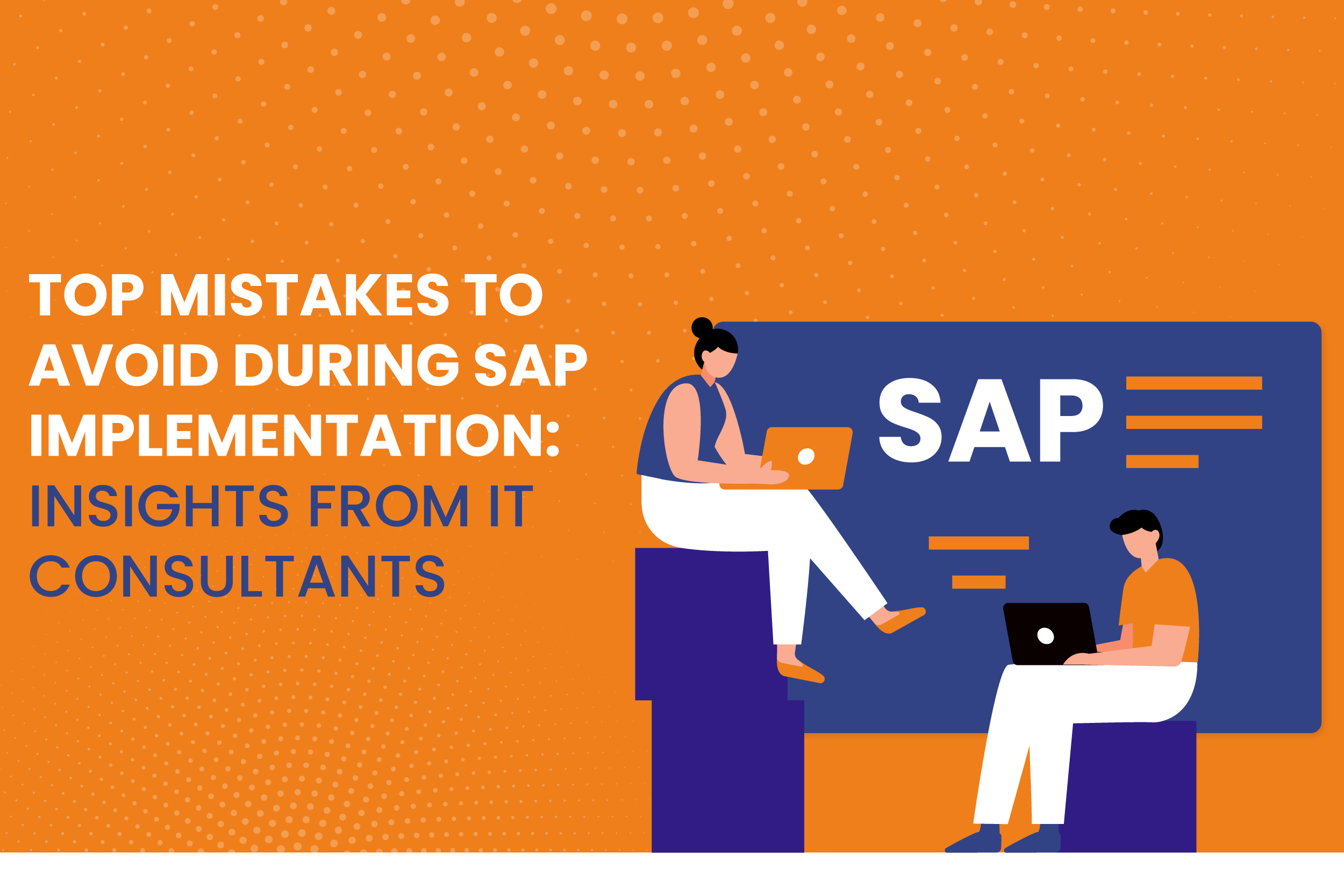
Implementing an Enterprise Resource Planning (ERP) system like SAP can significantly transform an organization’s operations, boosting efficiency and data accuracy. However, an SAP implementation is a complex process that requires meticulous planning and execution. Many companies fail to realize the depth of such projects and commit avoidable mistakes that lead to delays, cost overruns, and frustration.
Read More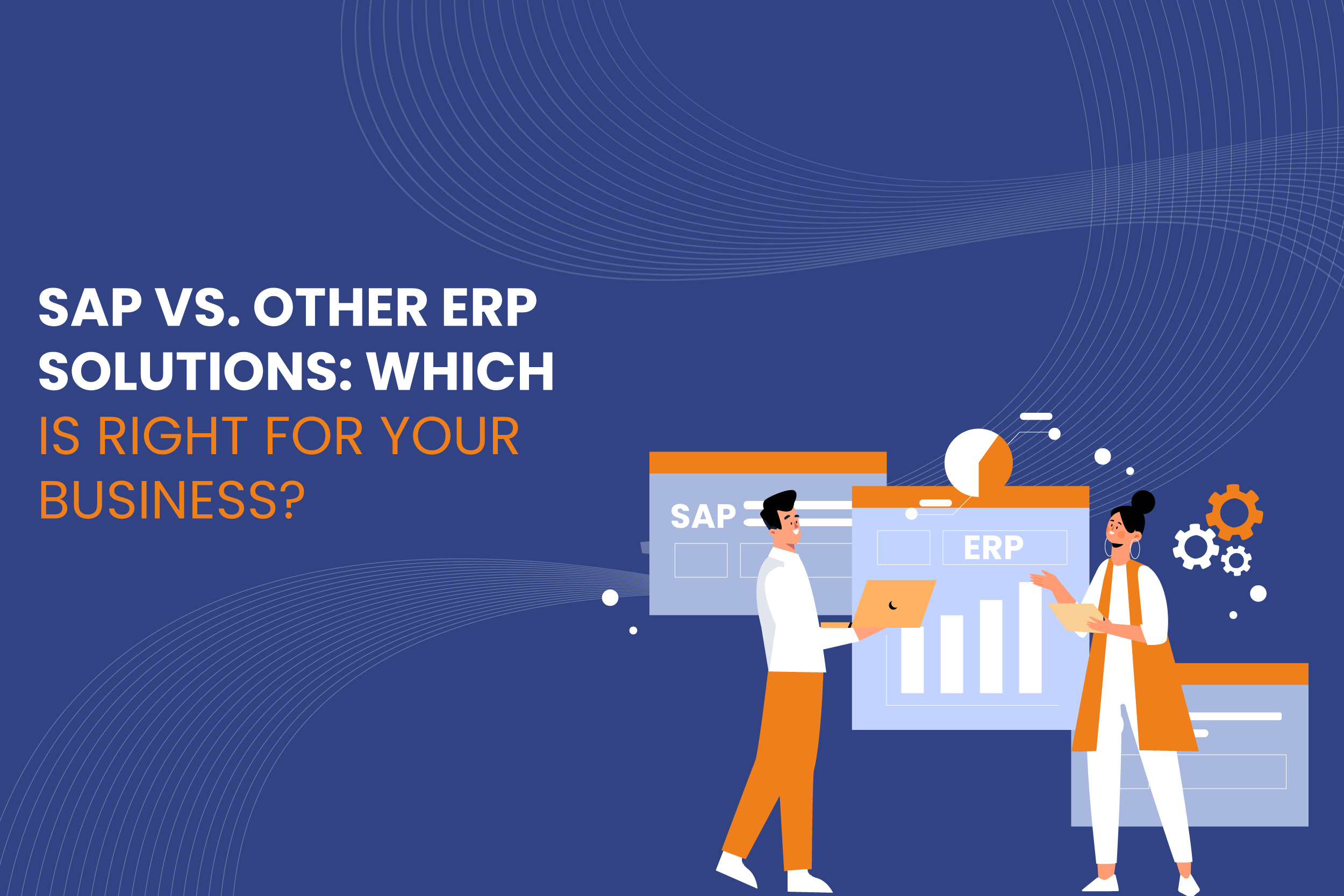
In today’s competitive business environment, organizations must be equipped with efficient, reliable, and scalable systems to manage their operations. Enterprise Resource Planning (ERP) solutions provide companies with the tools to streamline their processes, integrate various departments, and enable data-driven decision-making.
Among the vast array of ERP solutions, SAP is one of the most well-known, but it’s not the only option. Businesses must consider whether SAP or another ERP solution is the right fit based on their unique needs.
Read More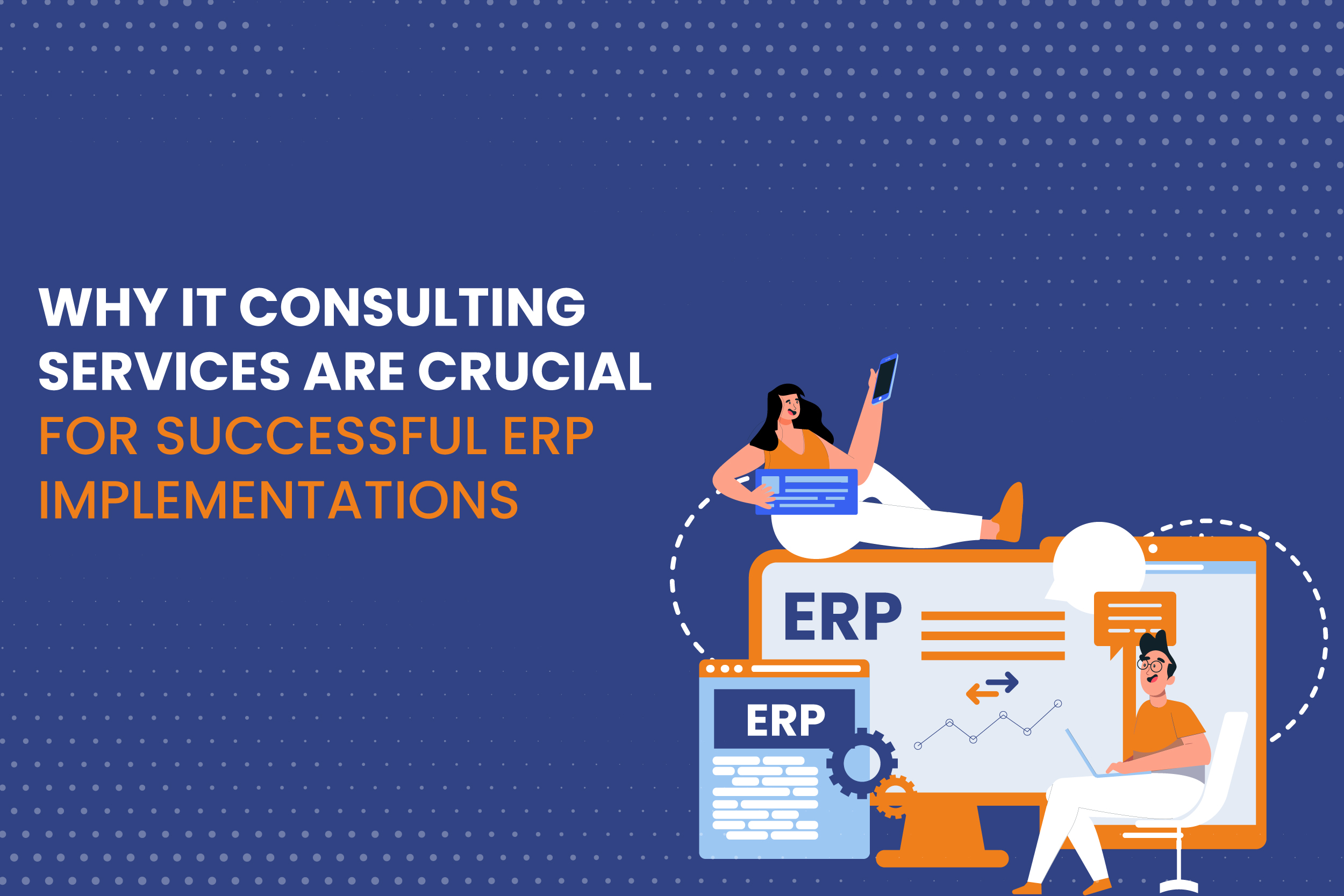
Enterprise Resource Planning (ERP) systems have become the backbone of modern business operations. Whether it’s handling financials, human resources, supply chains, or manufacturing processes, ERP solutions streamline and automate vital business functions, fostering efficiency and growth. SAP, one of the leading ERP platforms, is often the go-to choice for organizations due to its robust and customizable features. However, ERP implementation—whether SAP or another system—is not without challenges. This is where IT consulting services play a pivotal role.
The complexities of ERP implementations require specialized expertise, and IT consulting services provide the technical know-how, strategic planning, and ongoing support that are critical to successful deployment and long-term functionality.
Read More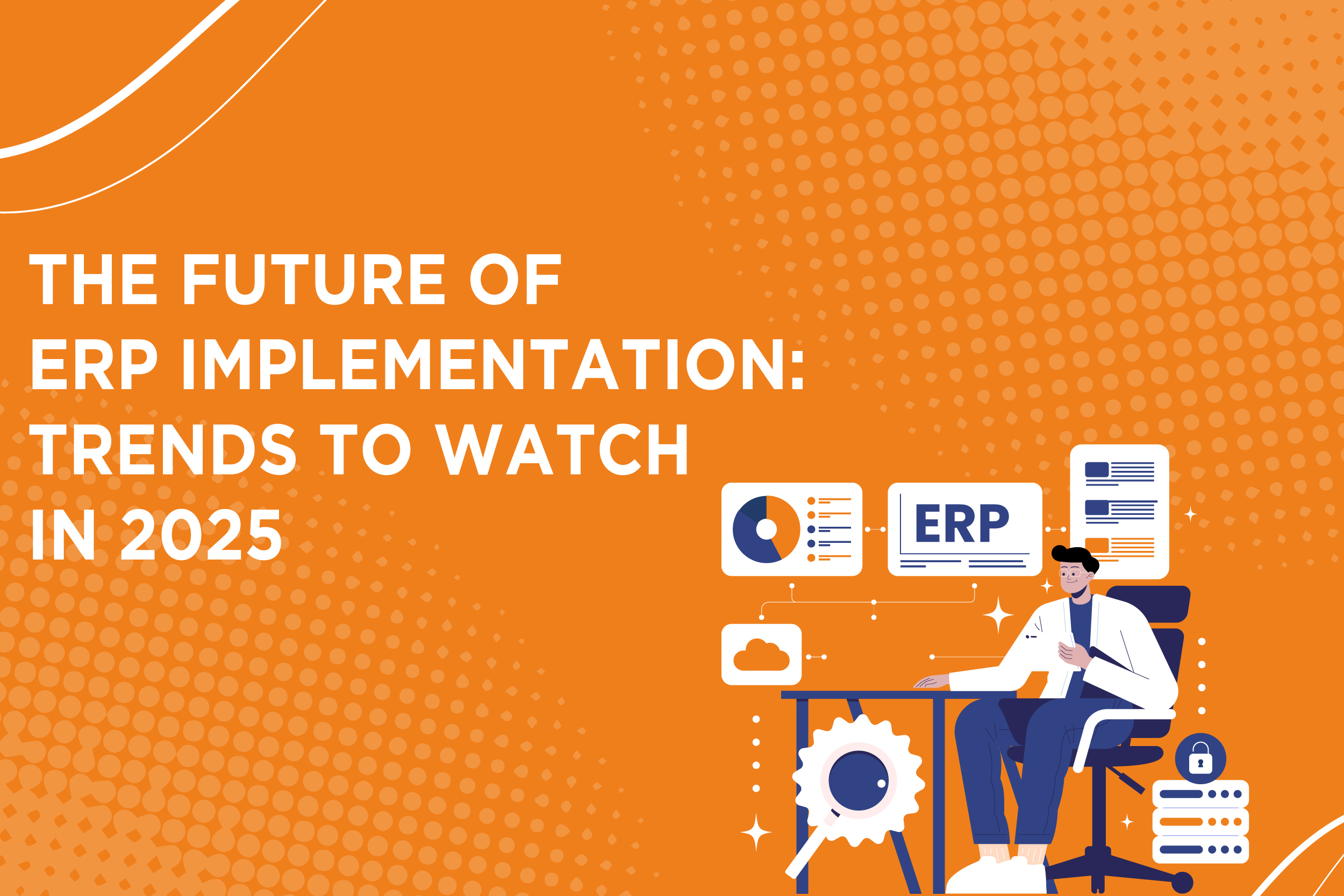
In the rapidly evolving business landscape, enterprise resource planning (ERP) systems are essential for companies looking to streamline operations, improve data accuracy, and enhance decision-making processes. As we look toward 2025, the future of ERP implementation is promising, with significant trends emerging that are reshaping how organizations deploy and manage their ERP systems. From advancements in SAP implementation to innovations in IT consulting services, businesses must keep a keen eye on these trends to remain competitive.
Read More
Leave a Reply